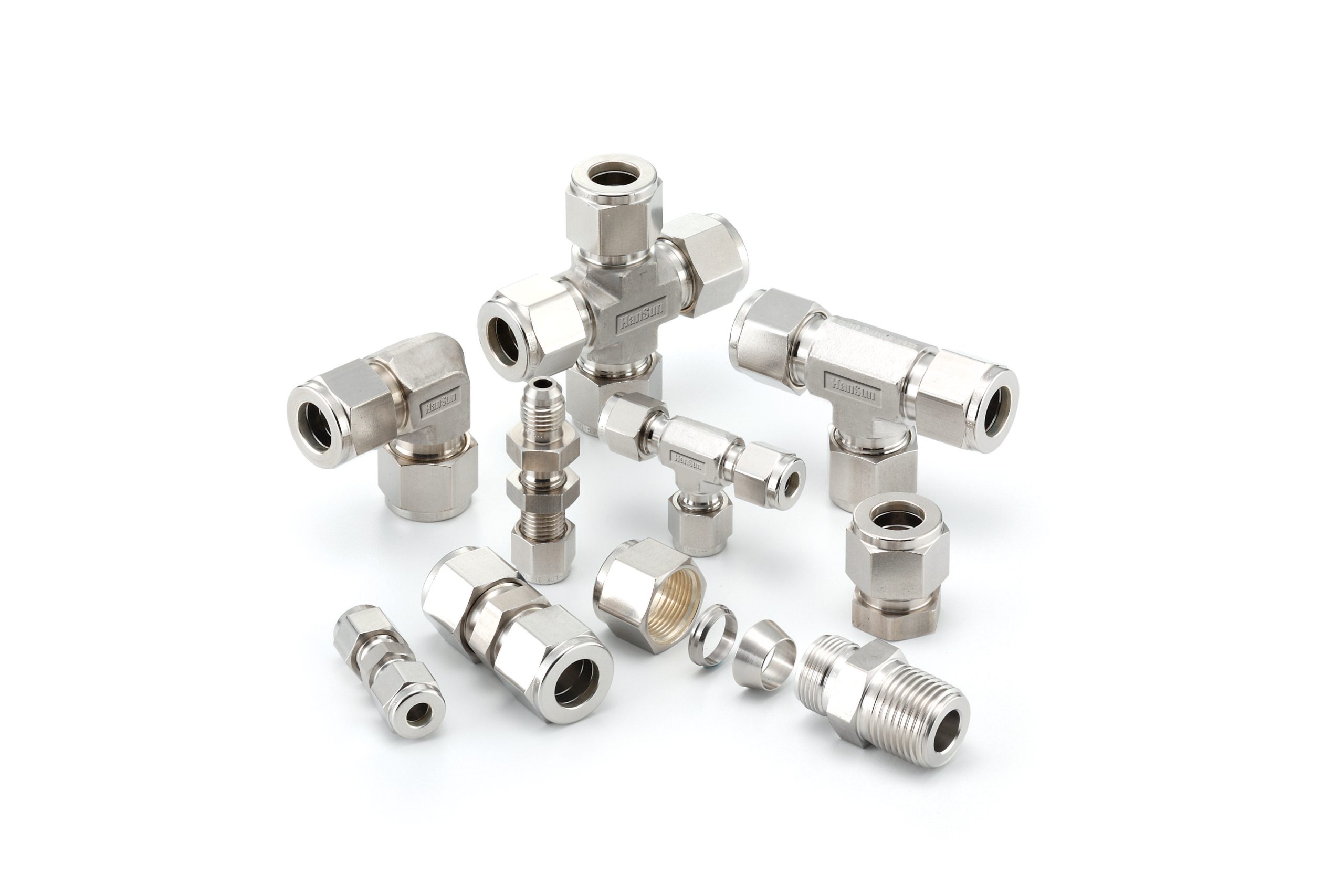Instrumentation fittings are critical components in systems where accuracy, safety, and reliability are essential. Used in applications across industries, these fittings connect tubing and devices to ensure efficient and leak-proof performance under varying conditions. This article provides a detailed overview of instrumentation fittings, including their types, features, benefits, and diverse applications.
What Are Instrumentation Fittings?
Instrumentation fittings are specialized connectors designed to link pipes, tubes, or devices in measurement and control systems. They maintain the integrity of instrumentation setups, even under challenging environments, ensuring precise readings and system performance. These fittings are vital in industries such as oil and gas, pharmaceuticals, aerospace, and power generation, where precision is non-negotiable.
Key Features of Instrumentation Fittings
Instrumentation fittings are engineered with features that ensure optimal performance in demanding conditions:
- Leak-tight Connections: Prevent leaks in fluid and gas systems for operational safety.
- Durability: Constructed from robust materials to handle extreme pressures and temperatures.
- Corrosion Resistance: Essential for applications involving aggressive chemicals or environmental exposure.
- Ease of Installation: Designed for quick assembly and disassembly without specialized tools.
- Precision Engineering: Ensures consistent and accurate measurements.
Common Types of Instrumentation Fittings
Understanding the different types of instrumentation fittings helps in selecting the right one for your system:
1. Tube Fittings
- Purpose: Securely connect tubes in instrumentation setups.
- Design Variants:
- Single Ferrule: Ensures a tight seal with minimal components.
- Double Ferrule: Adds an extra layer of sealing for high-pressure applications.
- Applications: Common in gas pipelines, flow meters, and lab setups.
2. Pipe Fittings
- Purpose: Facilitate connections between pipes of various sizes or configurations.
- Sub-types:
- Elbows: Change the direction of flow.
- Tees: Branch flow into different directions.
- Reducers: Adjust pipe diameters.
- Applications: Widely used in power plants, refineries, and chemical processing.
3. Compression Fittings
- Purpose: Achieve a secure connection by compressing a ferrule around a tube or pipe.
- Components: Includes a nut, body, and ferrule.
- Applications: Ideal for hydraulic, pneumatic, and process systems.
4. Needle Valves
- Purpose: Allow precise flow control in instrumentation systems.
- Applications: Found in gas and chemical flow regulation systems.
5. Quick Connect Couplings
- Purpose: Enable quick assembly and disassembly of system components without leaks.
- Applications: Suitable for equipment requiring frequent maintenance.
6. Manifold Fittings
- Purpose: Combine multiple connections into one compact assembly for efficient monitoring.
- Applications: Used in systems measuring pressure, flow, or temperature.
Materials Used in Instrumentation Fittings
The choice of material impacts the performance, longevity, and safety of instrumentation fittings:
- Stainless Steel: Highly durable, resistant to corrosion, and suitable for extreme conditions.
- Brass: Ideal for low-pressure and less corrosive environments.
- Carbon Steel: Strong and durable but requires protection against rust.
- Alloys (Inconel, Monel): Designed for high-performance applications in extreme environments.
- Plastics (PTFE, PVC): Lightweight and chemical-resistant, suitable for specific applications.
Applications of Instrumentation Fittings
Instrumentation fittings are integral to numerous industries due to their ability to ensure safety and accuracy.
1. Oil and Gas
- Ensure leak-free connections in pipelines and processing units.
- Applications: Pressure control and gas flow monitoring.
2. Power Generation
- Facilitate monitoring of steam, water, and cooling systems.
- Applications: Turbine instrumentation and boiler systems.
3. Chemical Processing
- Handle corrosive and hazardous materials with reliability.
- Applications: Connecting analyzers and control valves.
4. Pharmaceutical and Food Processing
- Maintain sanitary conditions in sterile environments.
- Applications: Instrumentation in fluid transfer and batch processing.
5. Aerospace and Defense
- Withstand high pressures and temperatures for critical systems.
- Applications: Hydraulic systems and fuel monitoring setups.
6. Automotive
- Used in vehicle testing and control systems.
- Applications: Monitoring brake fluids and engine performance.
Benefits of Instrumentation Fittings
1. Enhanced System Safety
Leak-proof designs prevent accidents and environmental hazards.
2. High Precision
Enable accurate measurements by maintaining system integrity.
3. Longevity
Durable materials reduce wear and tear, ensuring long-term performance.
4. Versatility
Applicable in diverse industries and system configurations.
5. Cost-effectiveness
Minimized maintenance and repair needs lower overall operational costs.
How to Select the Right Instrumentation Fittings
Choosing the right fittings depends on several critical factors:
- Operating Conditions: Match fittings with system pressure and temperature requirements.
- Material Compatibility: Ensure the fitting material is suitable for the fluid and environmental conditions.
- Size and Thread Type: Confirm compatibility with existing pipes or tubing.
- Compliance Standards: Look for fittings certified to ISO, ASTM, or other relevant standards.
- Ease of Maintenance: Choose designs that simplify inspection and replacement.
Maintenance Tips for Instrumentation Fittings
Proper care extends the lifespan and reliability of instrumentation fittings:
- Regular Inspections: Check for leaks, corrosion, and damage.
- Follow Manufacturer Guidelines: Use the recommended torque and assembly techniques.
- Periodic Cleaning: Remove deposits or debris that might affect performance.
- Replace Worn Components: Timely replacement prevents system failures.
The Future of Instrumentation Fittings
The instrumentation industry is evolving with technological advancements:
- Smart Systems: Fittings integrated with sensors for real-time monitoring.
- Lightweight Materials: Use of composites for reducing weight without compromising strength.
- Eco-friendly Solutions: Development of recyclable and sustainable materials.
Conclusion
Instrumentation fittings are essential for creating reliable, safe, and precise systems in industrial applications. From oil and gas to pharmaceuticals, their role in ensuring accuracy and efficiency cannot be overstated. By understanding the types, features, and applications of instrumentation fittings, industries can make informed choices to enhance their operations.
Whether you’re designing a new system or upgrading an existing one, investing in high-quality fittings ensures better performance, reduced downtime, and enhanced safety for years to come.
For expert advice on selecting the best instrumentation fittings for your needs, consult a trusted manufacturer or supplier.
